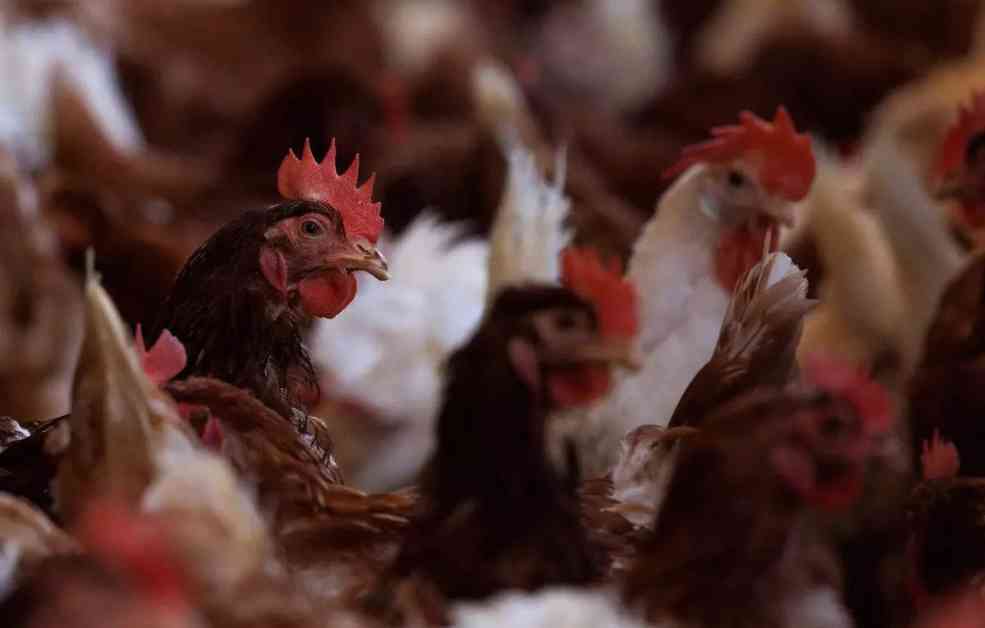After the devastating impact of a global pandemic, the recent cases of bird flu in India have raised concerns about the ongoing threat of zoonotic diseases. Experts emphasize the need for robust surveillance and preventive measures to effectively manage these diseases and prevent widespread health issues.
The recent confirmation of the second case of bird flu in India highlights the importance of taking precautions to prevent the spread of the virus to humans. The World Health Organization reported the first human death due to bird flu in Mexico, underscoring the global nature of the threat posed by zoonotic diseases.
Experts point out that the H9N2 virus, a subtype of avian influenza, primarily infects birds but can occasionally infect humans, especially children. To prevent infection, it is essential to limit exposure to live poultry and bird markets, maintain good hygiene practices, and consider getting the yearly flu shot for cross-protection.
In the event of an infection, early treatment with antiviral medications like zanamivir or oseltamivir is crucial to reduce symptoms’ severity. Supportive care, including staying hydrated and getting enough rest, is also important for managing the illness effectively. Prompt medical attention is necessary if breathing difficulties arise, as hospitalization may be required.
Experts urge people in India, particularly those near poultry farms, to practice good hygiene, avoid close contact with sick birds, and ensure poultry products are cooked thoroughly. Monitoring and preventive measures are essential to identify and contain new cases quickly, preventing the virus from spreading further.
Diagnostic strategies for detecting the H9N2 virus involve clinical suspicion and laboratory testing, with early diagnosis being key to prompt treatment and isolation. Supportive care is the primary management approach for treating symptoms like fever and dehydration, with antiviral medications used to shorten the illness duration.
While the H9N2 virus is not highly transmissible and does not have pandemic potential, individuals with underlying health conditions, children, and the elderly are more susceptible to infections. By adhering to preventive measures, such as maintaining good hygiene and avoiding contact with infected birds, the risk of transmission can be significantly reduced.
The unpredictable nature of infectious diseases, highlighted by the ongoing threat of bird flu, underscores the importance of a proactive approach to public health. The global health community must remain vigilant and adaptable to swiftly respond to emerging threats and prevent future health crises on the scale of COVID-19.


